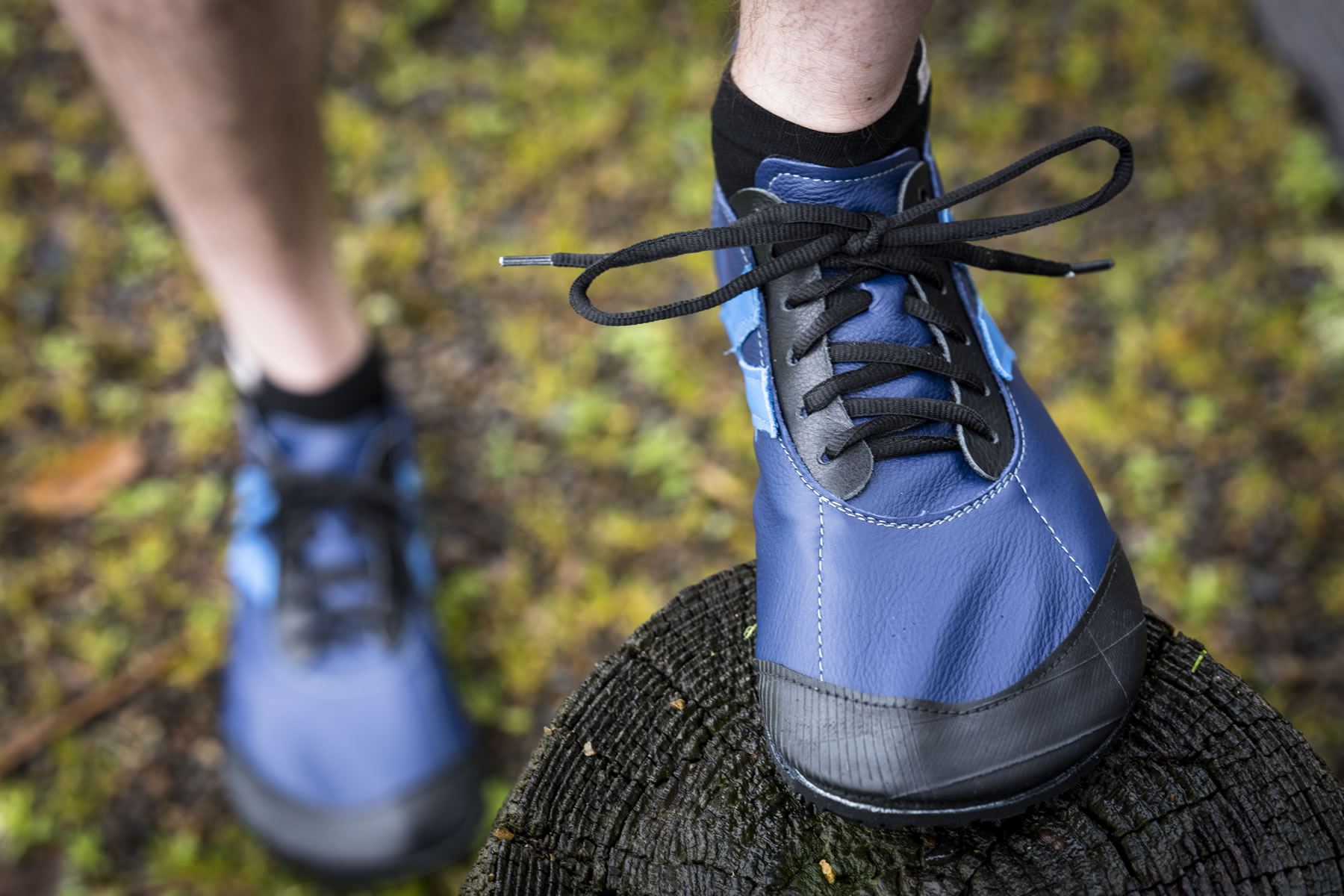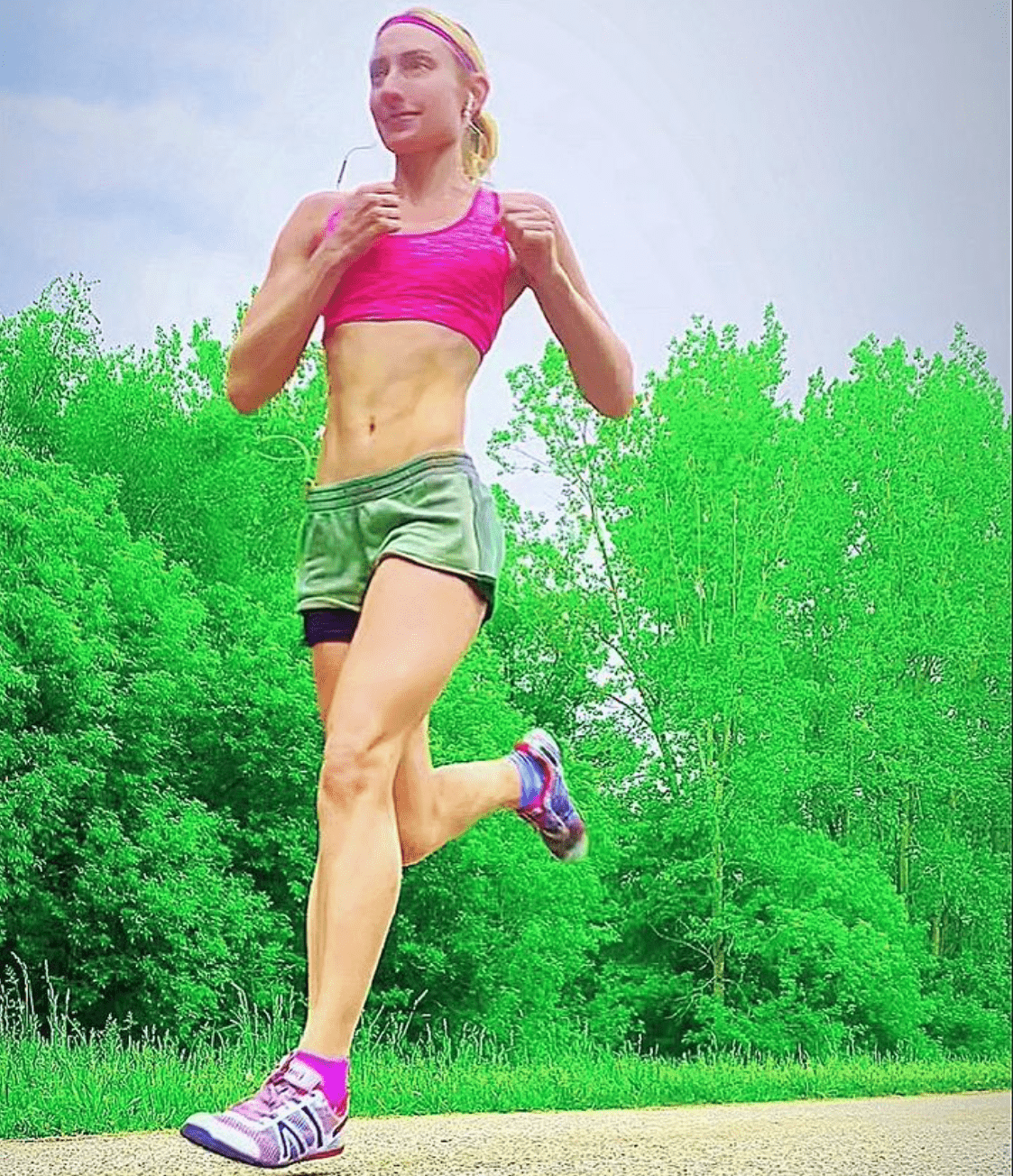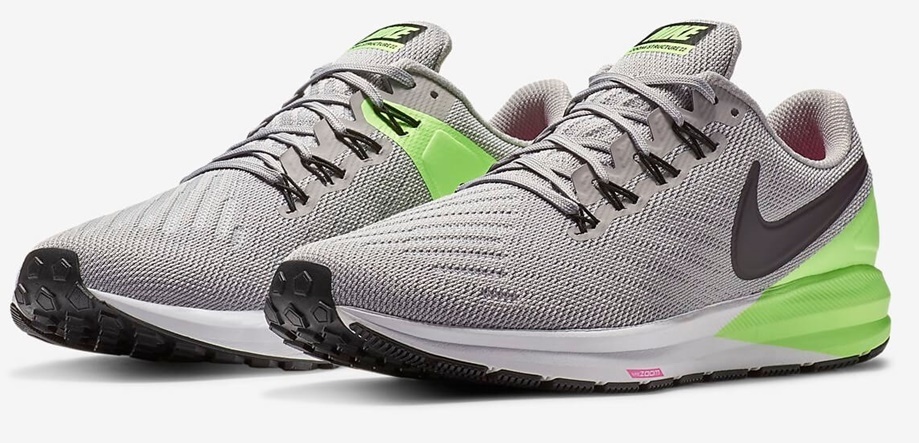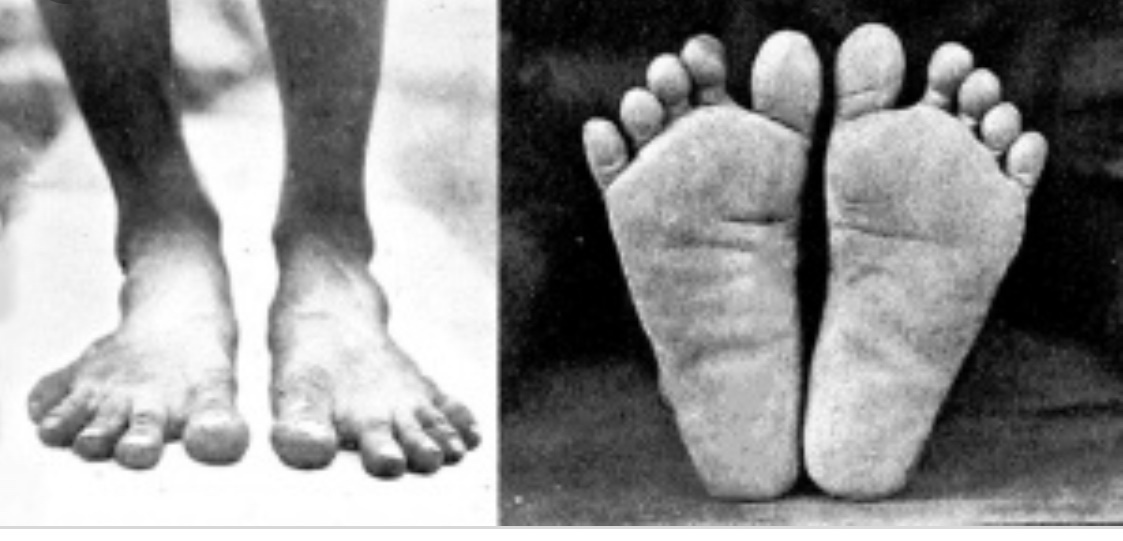Minimalist shoes are not bad for your feet. They are actually the best thing for your feet, aside from going barefoot.
The main purpose of minimalist running shoes is to replicate the barefoot condition so that functional and strength deficiencies of the feet can be improved as well as neuromuscular coordination and reflexive responses all of which hones your ability to move better, making it easier for you to avoid injury.
One appreciated asset of minimalist running shoes is their wide toe-box. This makes the toes more functionally usable since they’re better able to spread, flex, bend, extend and relax which was found to be incredibly effective in improving static and dynamic balance.

At the same time, greater toe splay during running and walking helps spread out plantar (sole of the foot) pressure across a larger area over the foot, so the impact can be absorbed without creating dangerous peak pressure hot spots on the foot. In this way, a bony fracture of the foot can be avoided because forefoot loading is sharply reduced. Conversely, running in narrow shoes extremely limits toe spreading and flexing which was found to impair key movements within the metatarsophalangeal joints which in turn compromised the lower extremity kinetic chain.
In other words, running in narrow, stiff shoes pushes the joints that make up the front of the foot out of a safe range which can impair your ability to uphold safe mechanics. These are just one of the many damaging impediments caused by narrow footwear that’ll keep injuries going.
Another point worth mentioning is narrow running shoes are not ideal for the anatomical health of the foot whereby routine use of these shoes will give rise to an abnormally narrow forefoot with reduced space between each toe, especially reduced space between the hallux (big toe) and the other toes.
Comparatively, a larger distance between the big toe and the smaller toes (shown below) goes a long way for improving injury prevention.
A long line of studies have found that a larger separation distance between the big and second toes enables the big toe to actively assist in plantar loading distribution, directional stability and weight shifting during forefoot running.
Likewise, more research on the influence of toe spreading on plantar pressure distribution and balance control has focused on habitual barefoot runners of which habitual barefoot runners, who typically run with a forefoot strike, not a heel strike, were found to have greater separation distance between the big toe and the other toes which contributed a greater extent at alleviating forefoot over-loading and peak pressure while the other toes aided in stronger balance control as compared with heel strike runners in traditional running shoes.


Bottom line, when it comes to meeting the functional needs of the feet in a way that sustains well long-term, there’s too many negative aspects to traditional running shoes than positive and that one of the easiest ways to keep the feet in an activated, fully-functional state and to have better stabilizing effects from the ground up is to spend more time in minimalist running shoes or even better, barefoot.
If you’ve enjoyed this article, you’ll love my content over at my YouTube channel, here, where I go into more detail about the evidenced-based facts on the performance and injury preventative advantages of forefoot running vs heel strike running.
References
Chou, S. W., Cheng, H. Y., Chen, J. H., Ju, Y. Y., Lin, Y. C., et al (2009). The role of the great toe in balance performance. Journal of Orthopaedic Research, 27, 549–554.
Ku, P. X., Abu Osman, N. A., Yusof, A., & Wan Abas, W. A. (2012). The effect on human balance of standing with toe-extension. PLoS ONE, 7, e41539.
Mei et al. A comparative biomechanical analysis of habitually unshod and shod runners based on foot morphological differences. Hum Mov Sci, 2015; 42:38-53.
Mills, P. M., Barrett, R. S., & Morrison, S. (2008). Toe clearance variability during walking in young and elderly men. Gait & Posture, 28, 101–107.
If you’d like, you can support Run Forefoot and help keep it going by making a donation in any amount of your choosing:

Or, you can also support Run Forefoot by shopping at the following top minimalist shoes brands, and be sure to bookmark the links:
Be Lenka: https://www.dpbolvw.net/click-7600968-14330828
FeelGrounds: https://www.feelgrounds.com/?p=RunForefoot
Xero Shoes: https://xeroshoes.com/go/Run_Forefoot
Iguaneye: https://www.iguaneye.com/?ref=8tfXVc92
Soft Star Shoes: https://shrsl.com/3mp1b
Wilding Shoes: https://bit.ly/3lIygQP
Earth Runners: https://earthrunners.com/?rfsn=6763579.f7f9c9
Vivobarefoot: https://shrsl.com/3kvih
Zappos: https://goo.gl/J1CeAd
Bretta Riches
BSc Neurobiology; MSc Biomechanics candidate, ultra minimalist runner & founder of RunForefoot. I was a heel striker, always injured. I was inspired by the great Tirunesh Dibaba to try forefoot running. Now, I'm injury free. This is why I launched Run Forefoot, to advocate the health & performance benefits of forefoot running and to raise awareness on the dangers of heel striking, because the world needs to know.
Latest posts by Bretta Riches (see all)
- Heel Strike Running Causes Slipped Discs - 25/04/2024
- How to Train Yourself to Not Heel Strike When Running - 24/04/2024
- Cushioned Running Shoes Found to Be Bad for Ankles - 23/04/2024


